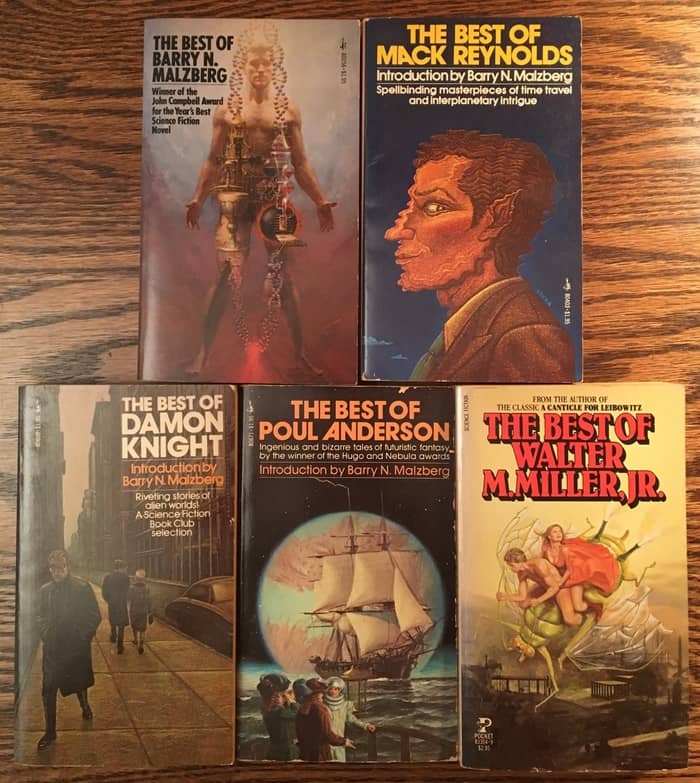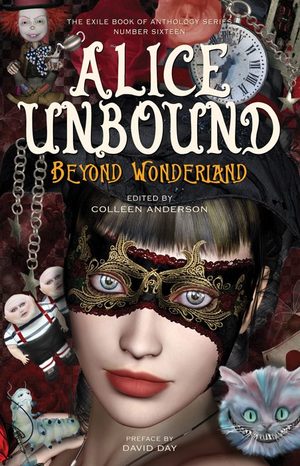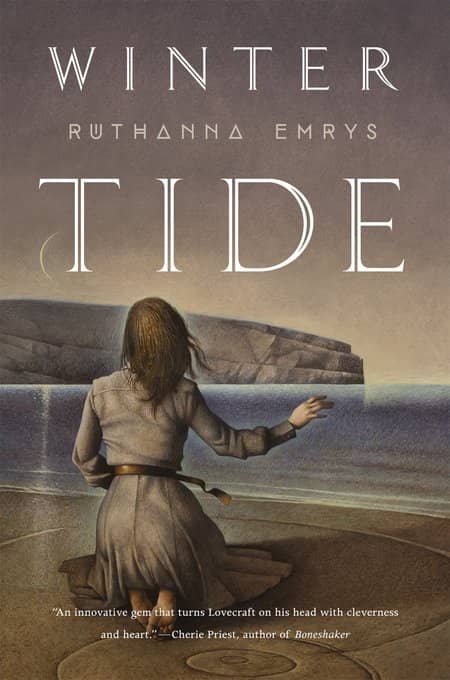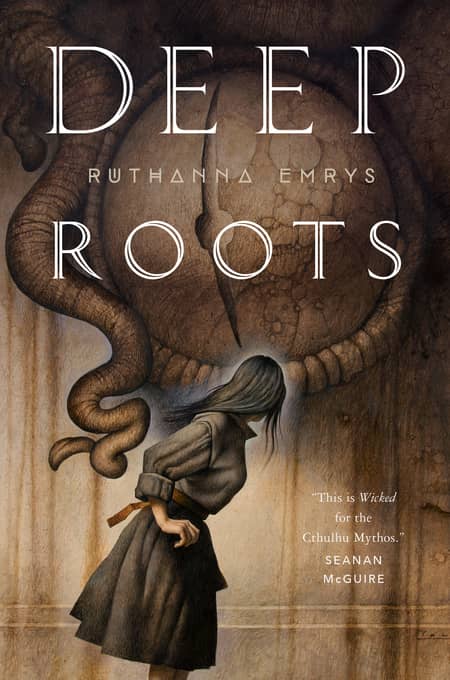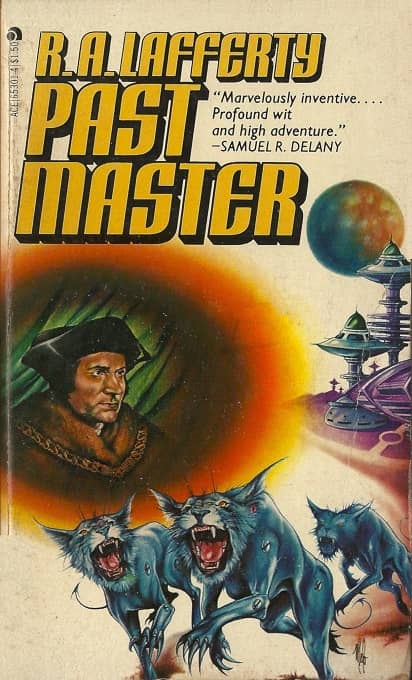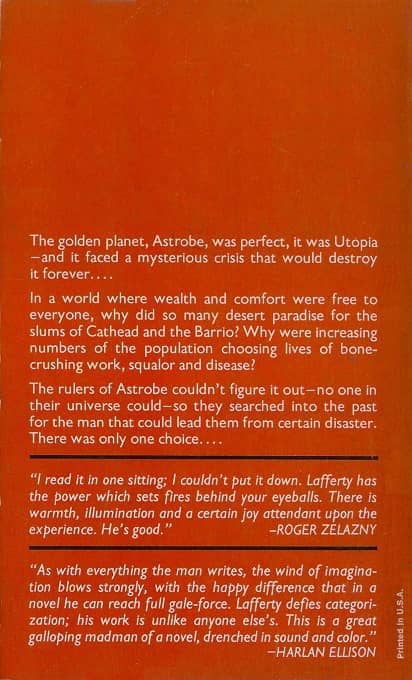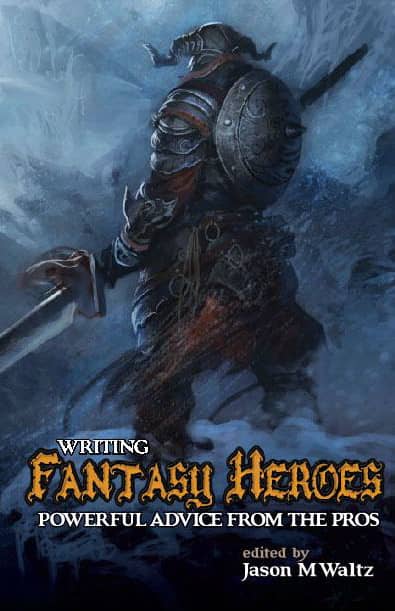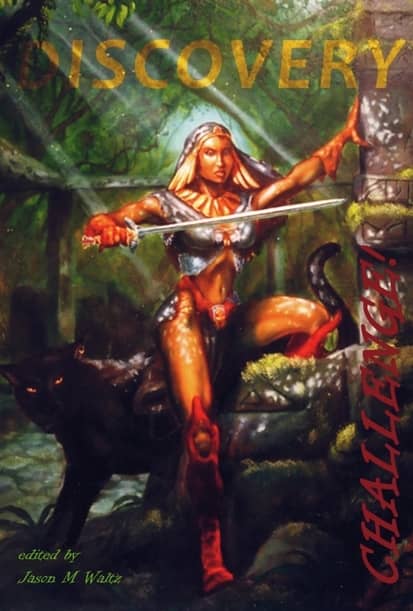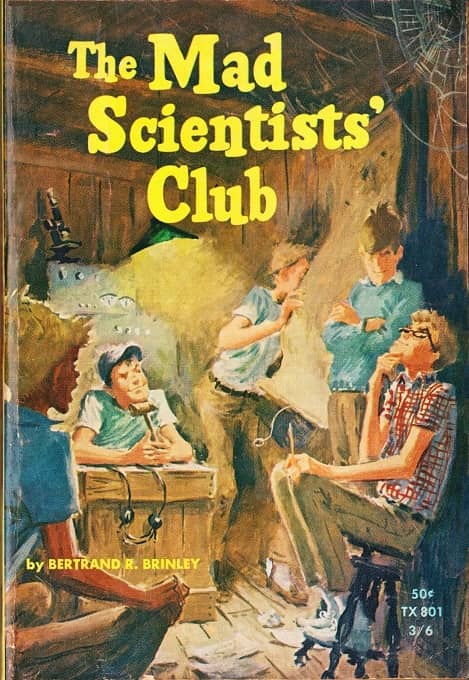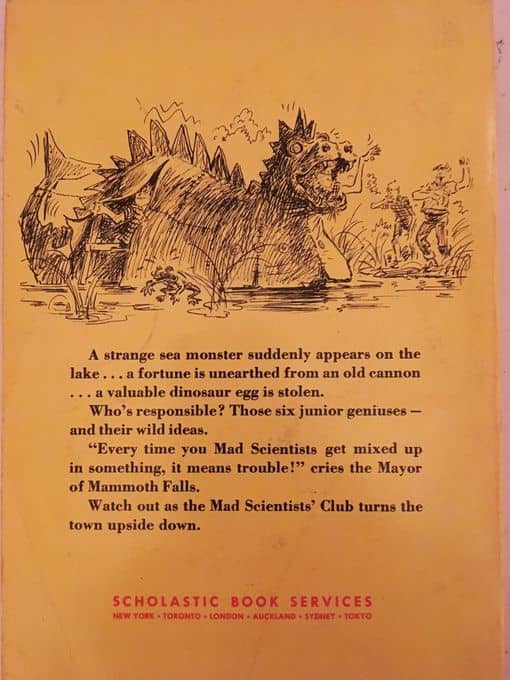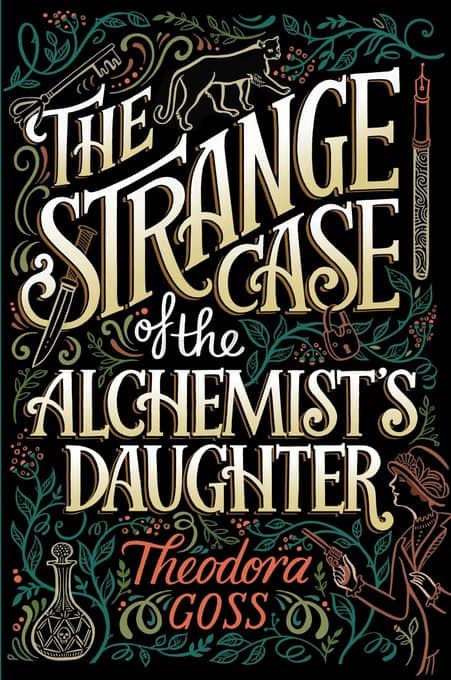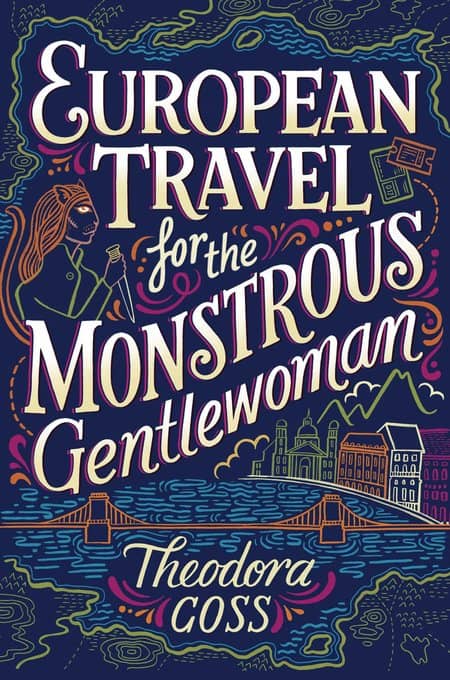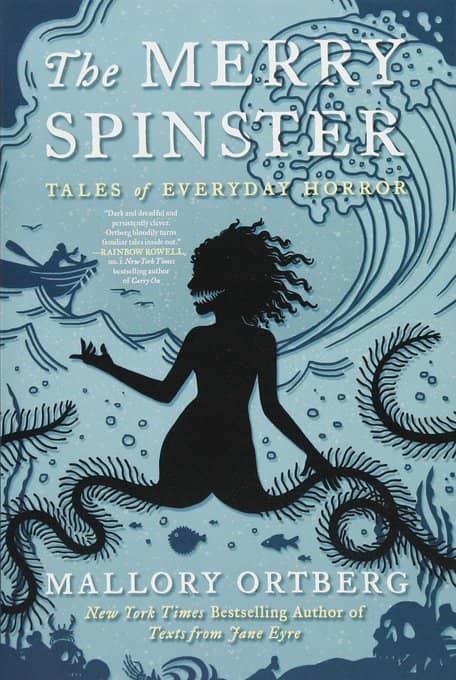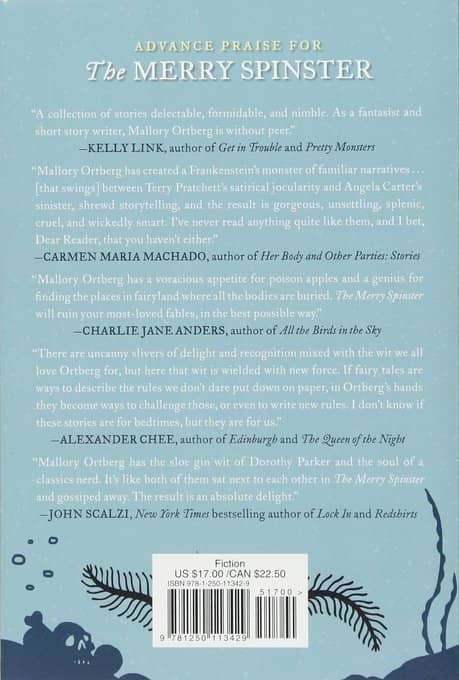Birthday Reviews: Edo van Belkom’s “The October Crisis”
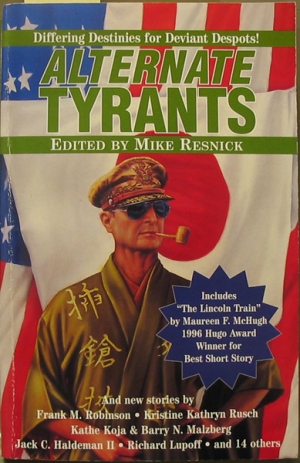
Edo van Belkom was born on July 14, 1962.
Van Belkom won the Bram Stoker Award for his short story “Rat Food,” co-written with David Nickle. He has won the Aurora Award three times, for the short story “Hockey’s Night in Canada,” for editing Be VERY Afraid!, and for his novel Wolf Pack. He has written erotica under the pseudonym Evan Hollander and has written at least two Deathlands novels using the James Axler house name.
In the 1990s Mike Resnick published several alternate history anthologies, including Alternate Tyrants, which took various world leaders and put them in a situation which allowed them to exercise their dictatorial desires. Edo van Belkom’s submission was “The October Crisis,” a Canadian alternate history which has never been reprinted.
“The October Crisis” of the title of Edo van Belkom’s alternate history was a period that lasted for most of October in 1970 when members of the Front de libération du Québec took hostages in Quebec in an attempt to forward their separatist movement. While Canadian Prime Minister Pierre Trudeau implemented the War Measures Act, permitting himself a wide range of powers, the measures expired in November in our own timeline. In the world of van Belkom’s story, Trudeau continued to use the powers to suppress any dissent, political or journalistic.
The story follows our own timeline pretty closely until Trudeau decides to use the acts powers against the kidnappers directly, and also orders the secretive murder of the released kidnapping victim in order to drum up further support for his policies. At this point in the story, van Belkom switches point of view to have the leader of the opposition, Robert Stanfield, describing Trudeau’s excessive actions to Richard Nixon to attempt to get the US to intervene in the growing tyranny in Canada. Van Belkom introduces some ambiguity at this point, leaving the question open as to whether Nixon will respond to Stanfield’s pleas to help, or give into his own tyrannical tendencies to model his own manner of leading the US after the policies instituted by Trudeau.
